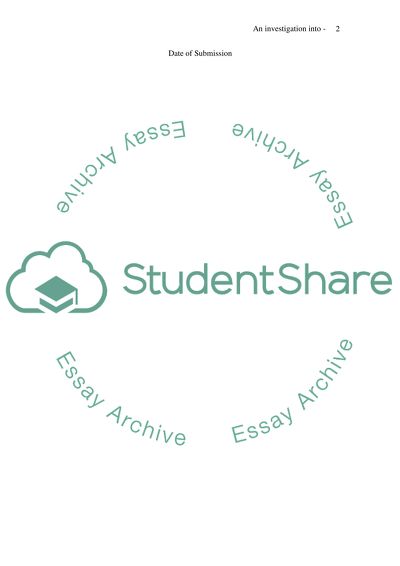Cite this document
(“An investigation into how enterprise and entrepreneurship can be Dissertation - 2”, n.d.)
Retrieved from https://studentshare.org/family-consumer-science/1429549-an-investigation-into-how-enterprise-and
Retrieved from https://studentshare.org/family-consumer-science/1429549-an-investigation-into-how-enterprise-and
(An Investigation into How Enterprise and Entrepreneurship Can Be Dissertation - 2)
https://studentshare.org/family-consumer-science/1429549-an-investigation-into-how-enterprise-and.
https://studentshare.org/family-consumer-science/1429549-an-investigation-into-how-enterprise-and.
“An Investigation into How Enterprise and Entrepreneurship Can Be Dissertation - 2”, n.d. https://studentshare.org/family-consumer-science/1429549-an-investigation-into-how-enterprise-and.


